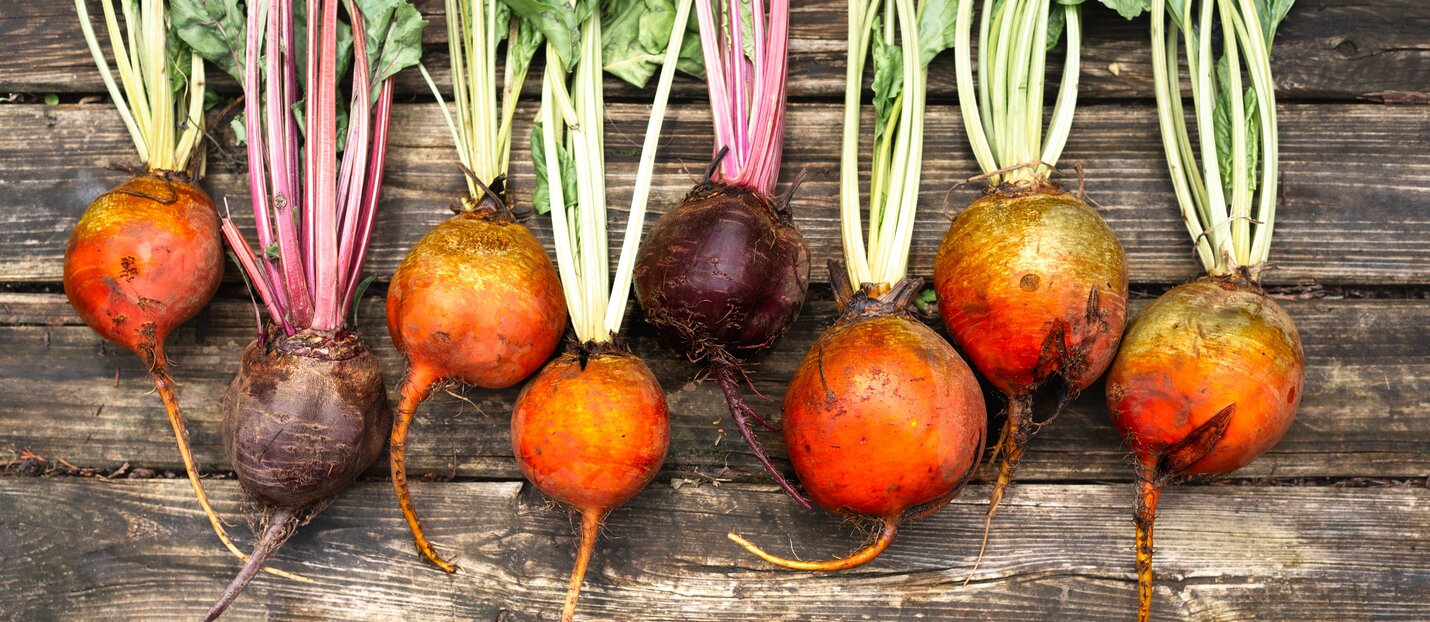Written by Spirekassen 29 Nov 2023 09:39
Vegetation During Winter
November is here, bringing the cold, along with windy weather and rain. The further north you live, the shorter the days become, and darkness will continue to increase until the winter solstice, when the light begins to return.
If you cultivate plants in your greenhouse during the winter, you've likely noticed slower growth. It may even appear as though the plants are not growing at all.
This sluggish growth can be attributed to various factors, but in this discussion, we'll focus on two key elements: temperature and sunlight. Understanding these factors can help shed light on why plants grow slower during the winter months.
Basic Theory
A plant's growth depends on fundamental factors being present in the right quantities for healthy and rapid development. These six essential elements include light, water, CO2, oxygen, heat, and nutrients.
Be Familiar with the Law of the Minimum.
Plant growth is limited if one of the essential nutrients is deficient, as this also limits the utilization of the other growth factors. It's important to be aware of this particular law when cultivating plants. It provides you with an understanding of why plants grow slowly in the winter months in your unheated greenhouse. During the winter season, greenhouse plants experience a shortage of light and heat. In other words, this means that the rate of plant growth is significantly reduced, but growth doesn't necessarily come to a complete halt.
Why Do Temperature and Light Matter?
All green plants undergo photosynthesis, which can be defined as the process of building organic matter using light. During photosynthesis, carbon dioxide (CO2) and water are transformed into oxygen and glucose (dextrose) with the help of sunlight energy. The glucose is used as fuel for the plant's growth.
Carbon dioxide + water + sunlight → glucose + oxygen
Sunlight plays a critical role in photosynthesis. This means that photosynthesis cannot occur at night due to the absence of light. A green plant utilizes only 2-5% of the solar energy that reaches the plant for photosynthesis.
The Genius Enzyme.
Enzymes are central to this chemical process of photosynthesis. Enzymes, which are essentially protein molecules, have remarkable qualities, including the ability to initiate and speed up chemical processes without directly participating. In the context of photosynthesis, enzymes are essential. However, enzymes are sensitive to temperature variations.
At temperatures below freezing, enzymes become less active and cannot facilitate the photosynthesis process efficiently. As temperatures rise, the rate of photosynthesis increases, reaching its peak between 15 and 25°C but completely ceases at 42°C. This temperature sensitivity explains why vegetation is slower during the winter.
This Is Why Vegetation Is Slow in Winter
During winter, vegetation is hindered because the light needed for photosynthesis is limited, and during frosty periods, enzymes are less active, disrupting the photosynthesis process. Consequently, new fuel for plant growth is not produced, and growth halts. On sunny winter days with higher greenhouse temperatures, photosynthesis can proceed, and the plant can produce sugar, allowing for some growth, though not nearly as much as during the summer.
Interesting Facts
Plants produce valuable sugars during daylight hours and crucial cell division takes place. It's a popular notion that plants grow at night when their cells absorb water. Vegetation is actually most common during the hours with long red rays, typically at sunrise and sunset.
For the Enthusiasts
DIF (day-temperature minus night-temperature) is a key parameter for plant growth. On the one hand, a positive DIF, which occurs when daytime temperatures exceed nighttime temperatures, promotes healthy plant growth. On the other hand, a negative DIF, where nighttime temperatures are higher than daytime temperatures, affects plant hormones and results in reduced growth. In theory, a negative DIF can serve as an alternative to chemical plant growth regulators for slowing plant growth.
Thank you for sharing your insights and knowledge, Bent Løschenkohl (Hortonom).







